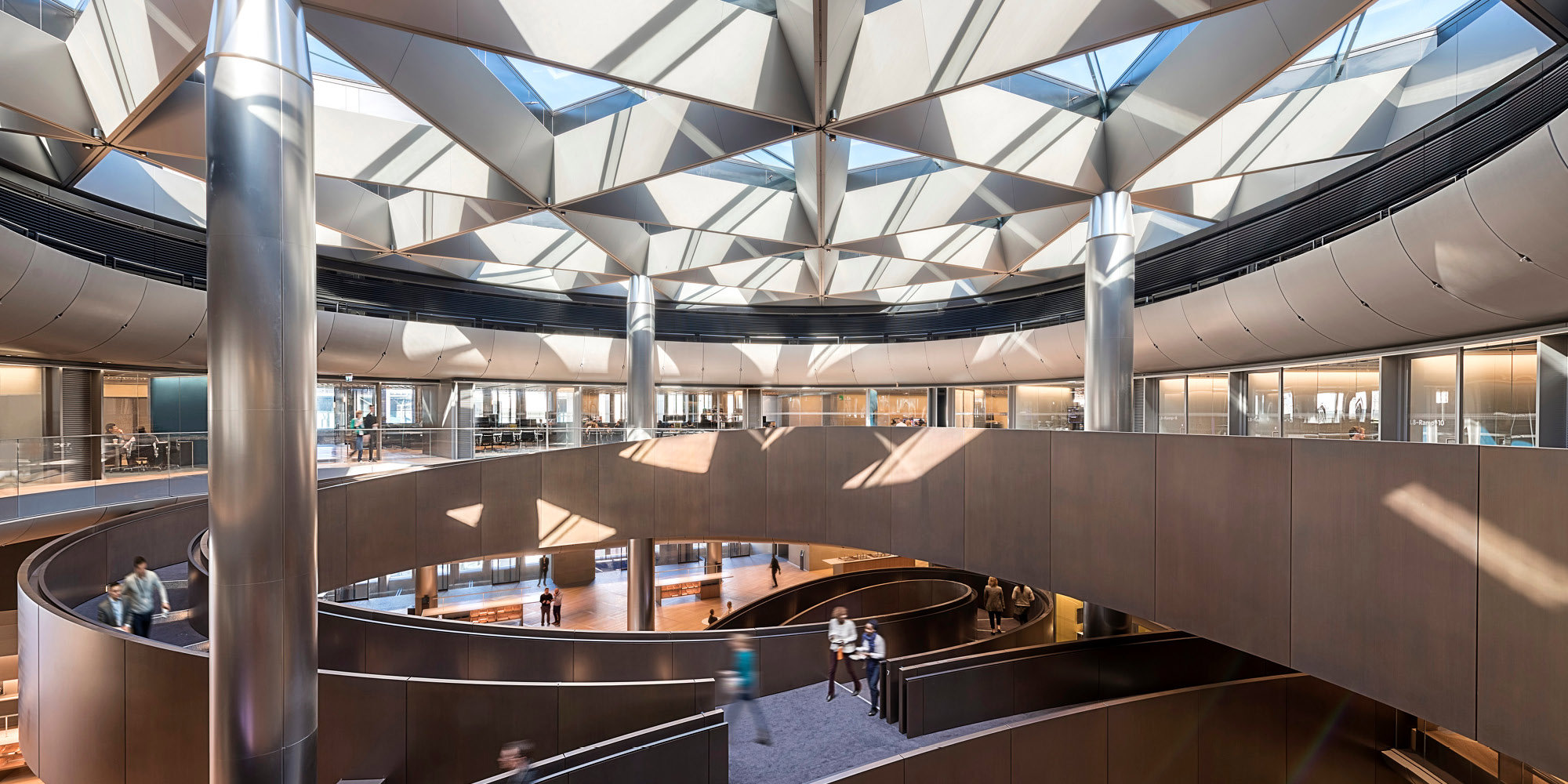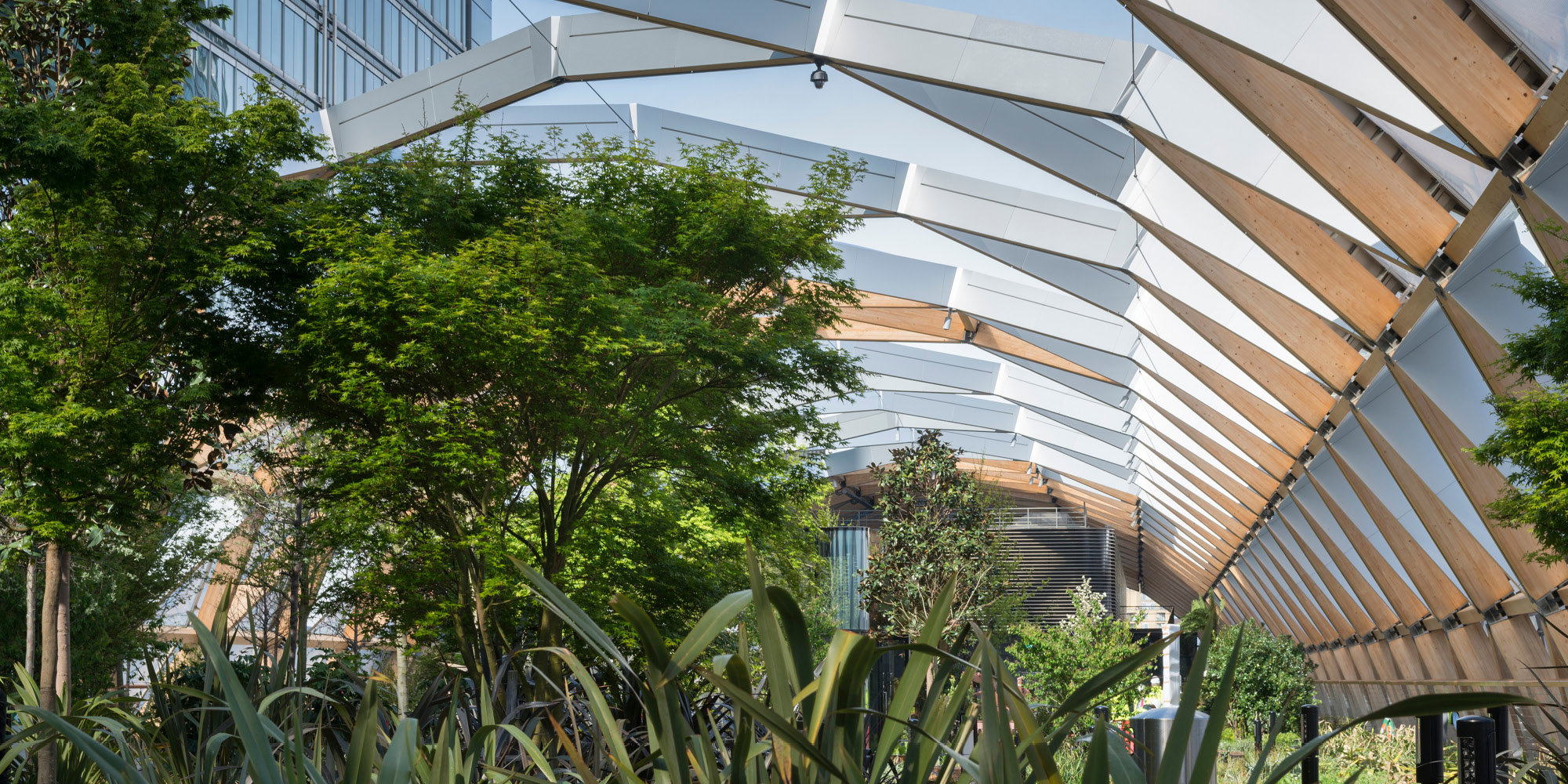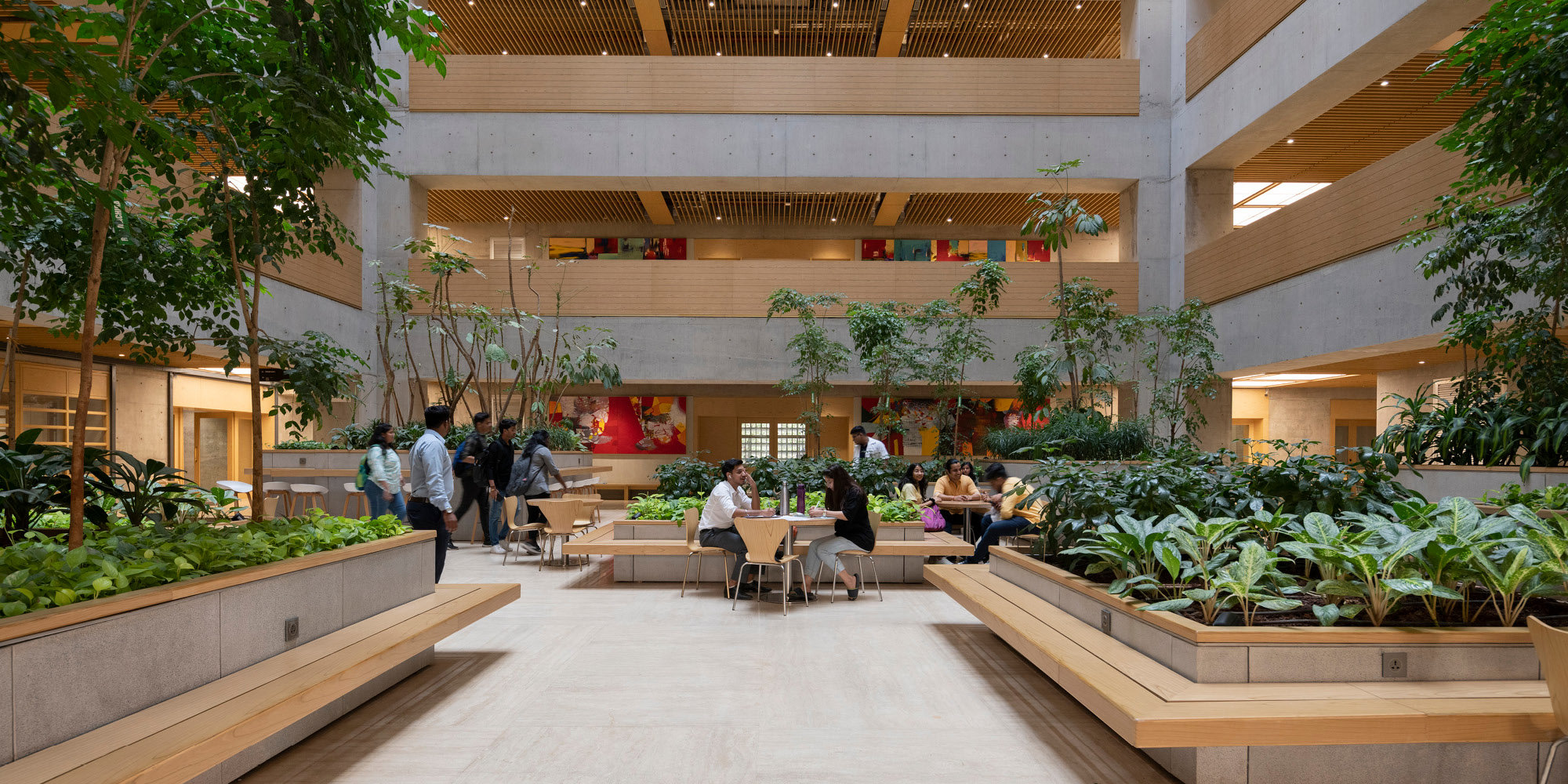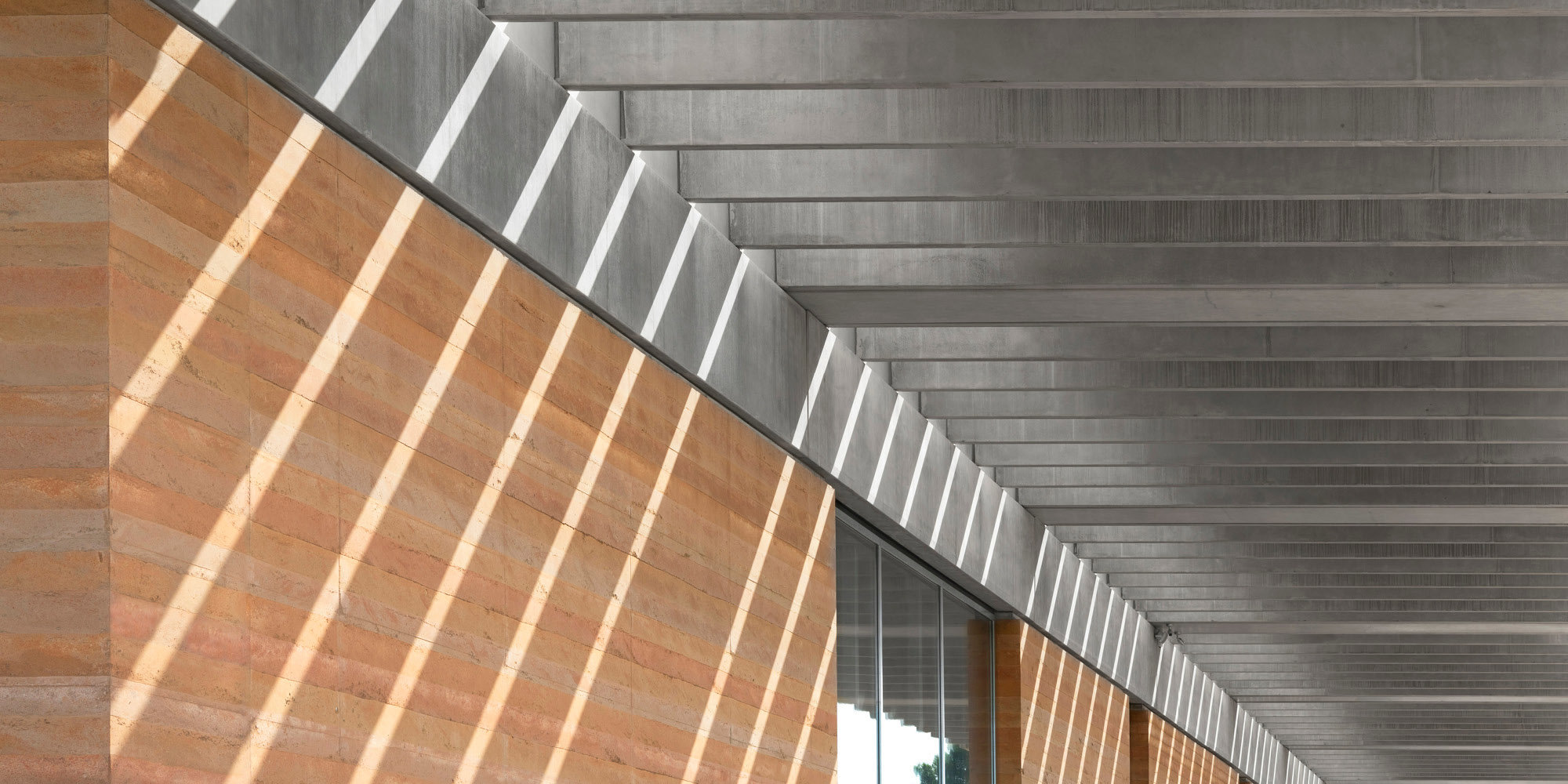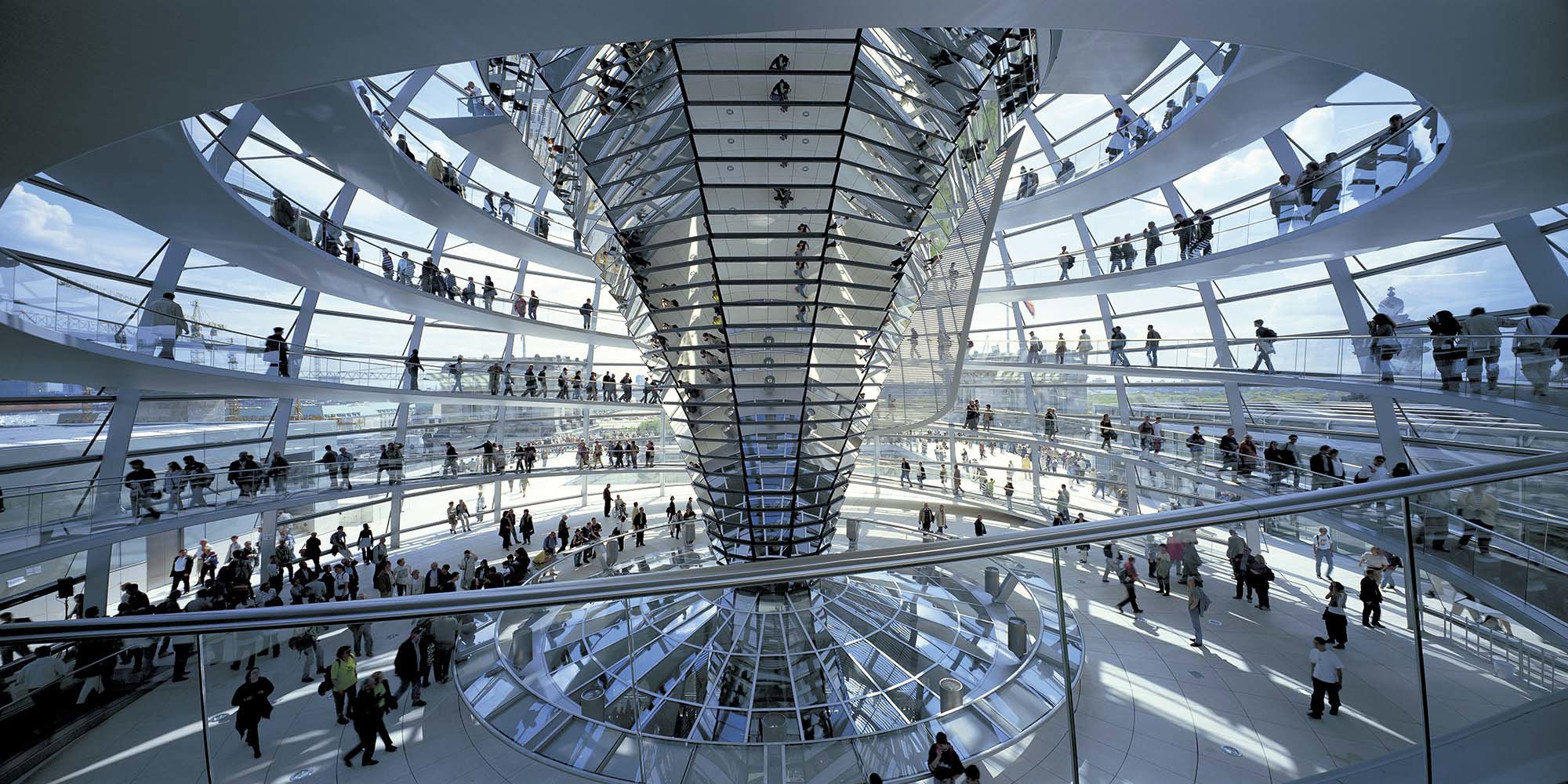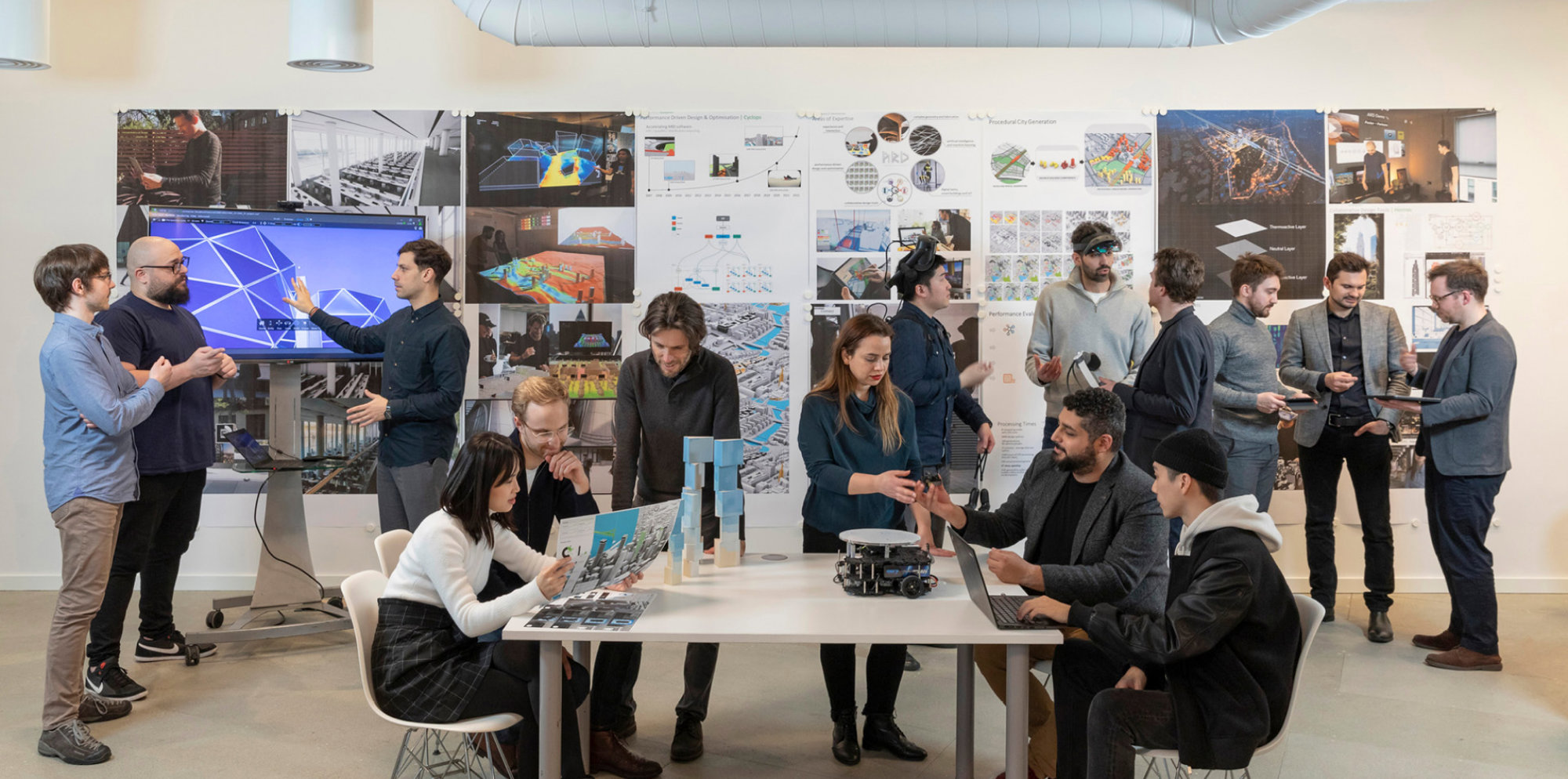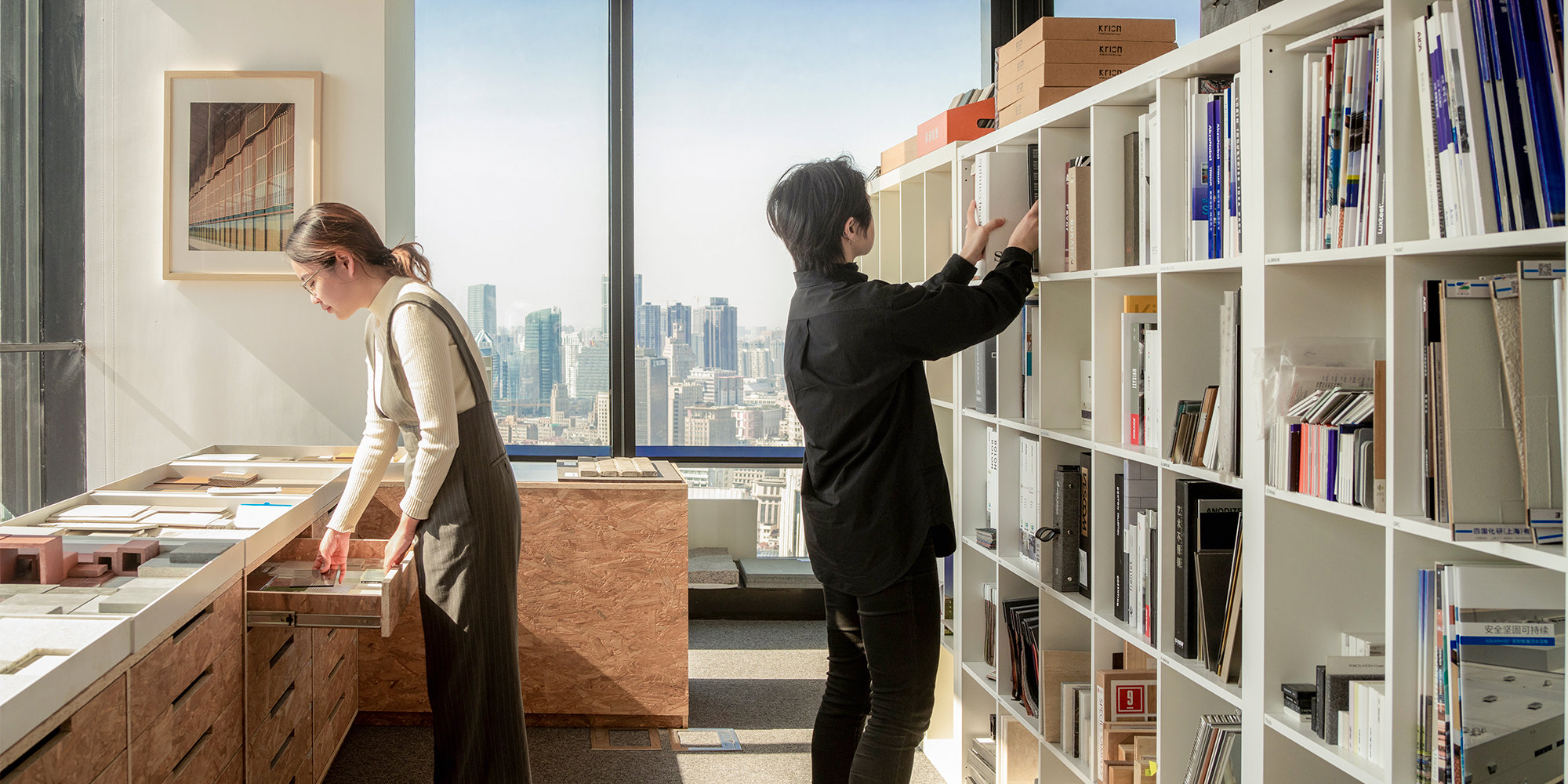Today, the Museum of Fine Arts, Boston unveiled the architectural designs of its comprehensive Master Site Plan developed by the internationally-renowned architectural firm, Foster and Partners (London). This Plan is a multi-phased project that will transform the MFA, enhancing the ways in which visitors interact with the Museums great works of art. The Plan will also strengthen the Museums connection to the local neighborhoods and communities that it serves. The MFA is entering Phase I of the Plan, which is expected to take approximately five years to complete.
Major elements of Phase I of the MFAs Master Site Plan are:
reinstate the buildings strong central axis at the heart of the Museum, which extends from its Huntington Avenue doors (south) to its Fenway doors (north), resulting in enhanced accessibility to the collections, better wayfinding throughout the MFA, and the reopening of the Fenway entrance;
an exquisite jewel box made of glass and steel that will link and enclose the Richard and Helen Fraser Garden Court to the new East Wing;
an East Wing which will consist of an expansive central building within the jewel box flanked by two smaller pavilions, and showcasing the Art of the Americas and Contemporary art collections;
expanded educational facilities, including a 150 seat state-of-the-art film theater, seminar room, studio arts classroom and workshop;
a new glass-sided restaurant overlooking the Fenways Emerald Necklace and the Boston skyline;
refurbished Art of Europe galleries;
enhanced and enlarged conservation and research studios.
At the completion of Phase I, the Museums building area will grow from 531,000 square feet to 677,000 square feet, an increase of 27%. This square footage increase is the new construction of the East Wing and Fraser Garden Court enclosure. (Additionally, 73,000 square feet of the existing Museum building will be renovated or refurbished.)
The designs embody an architectural statement that is not only intensely beautiful but also innovative and precisely functional. The architects have responded magnificently to the needs of the Museum. Their designs will stimulate a revitalized visitor experience within the Museum as well as a greater connection to our neighbors and the city of Boston, said Malcolm Rogers, Ann and Graham Gund Director of the MFA. This first phase of the Master Site Plan will truly transform the MFA and how our visitors interact with art, and how the Museum interacts with our neighborhood.
MFA MASTER SITE PLAN: PHASE I
Major components of Phase I include:
North/South Axis (Huntington/Fenway)
Foster and Partners, known for their ability to devise simple, yet bold, solutions to complex architectural challenges, focused their attention on the strong central axis of the Museums original master plan, designed by Architect Guy Lowell in 1907. At the Museums central axis, a new Jean and Frederic A. Sharf Information Center will be created (in the current Lane Gallery, which will be relocated to the new East Wing). Foster and Partners plan provides better circulation and wayfinding for visitors by bringing the heart of the Museum back to life.
Glass Jewel Box
The Sharf Information Center will lead to a glass jewel box located within the Fraser (East) Garden Court. The jewel box will provide important orientation and breathing space, helping to break down the scale of the massive complex of Museum buildings, as well as create easy access to the surrounding galleries. The space, which will house sculpture from the Museums collection, will be used year-round, and serve as a venue for special events. Both the interior and exterior courtyard spaces will be enhanced with plantings and water features.
East Wing
A three-story East Wing, consisting of a large building flanked by two pavilions, will house spacious as well as intimate galleries for American and Contemporary art. The Wing will incorporate large elements of glass alongside areas of granite (the granite complements the Museums original 1907 building), making the Museum more transparent and welcoming to neighboring communities. The East Wing, which includes state-of-the-art climate control, will allow the Museum to display more of its collections: there will be an approximate 40% increase of gallery space for American art and an approximate 50% increase of gallery space for Contemporary art (this includes space for large-scale contemporary works).
Also located within the East Wing will be enhanced educational facilities, including a state-of-the-art film theater, seminar room and art studios, an approximate 80% increase over the Museums existing education area. The top floor of the North Pavilion of the Wing will house a new glass-sided restaurant, offering spectacular views of the Fenways Emerald Necklace and the Boston skyline. A separate entry will allow the film theater and restaurant to remain open independent of the rest of the Museum.
The City of Boston and the more than 80,000 children who each year learn about art and world cultures from the MFAs impressive collections are fortunate to have a world renowned art museum like the Museum of Fine Arts, Boston, said Thomas M. Menino, Mayor of the City of Boston. I support the Museum as it moves forward with this ambitious plan to make the Museum and its treasures even more accessible to the families of Boston and beyond.
MFA MASTER SITE PLAN: BEYOND PHASE I
The Master Site Plan is a long-range plan that includes creating a glazed crystal spine running the full length of the site (east/west), another wing on the west side of the Museum as well as a Study Center. Conservation studios and scientific research labs will be expanded and relocated to the Study Center, as well as the Museums library and curatorial offices making it an intellectual center for curators, conservators and scholars.
It has been a tremendously exciting challenge to develop the Master Site Plan for this world-renowned Museum. Our inspiration has been drawn both from the wealth of the Museums treasures and the beautiful setting of Frederick Law Olmsteds Emerald Necklace, said Lord Foster of Foster and Partners. The crystal spine will delicately unite courtyards and galleries both old and new, improving orientation for visitors and strengthening the Museums ties to its surrounding communities through an open and transparent structure.
An additional glass jewel box, mirroring the jewel box on the east side of the building, will be created within the Norma-Jean Calderwood (West) Courtyard and encasing the West expansion. Galleries devoted to the Art of the Ancient World and the Art of Asia, Oceania and Africa will also be refurbished and renovated. The School of the Museum of Fine Arts will be renovated and expanded, with an enhanced connection to the Museum through landscaping. Above-ground parking lots will be replaced with underground parking, leaving the Museums campus open for additional landscaping. By the completion of the Master Site Plan, the Museum will be highly energy efficient and a state-of-the-art climate control will be installed within all of the Museums galleries.
CAMPAIGN
The Museum is currently in a quiet phase of a $425 million campaign that will support Phase I of the Museums Master Site Plan. The campaign will be allocated as follows:
$180 million will be designated to establish a building fund that includes construction costs as well as expenses for art relocation and reinstallation, consulting and management fees, improved landscaping and inflation;
$180 million will be designated to endow programs, staff positions and new initiatives in perpetuity;
$65 million will be designated to support the Museums ongoing annual operations and project contingencies.
This $425 million campaign represents the most ambitious fundraising effort in the MFAs history (the previous campaign completed in 1998 raised $137 million). The campaign is expected to be competed in approximately five years in conjunction with the completion of the first phase of the Master Site Plan.
